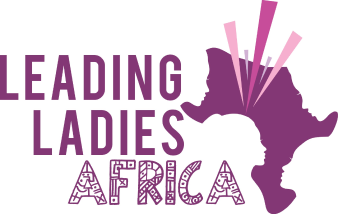1. Start strong
Like reading a book, watching a movie, or writing an essay, the beginning draws your target audience in. Kick off your presentation on a solid note. Leveraging the benefits of humor increases the chance your presentation will be well-received.

Here are some ways to start strong:
- Use a quotation from an influential person. This provides subject context, situating the topic culturally.
- Ask a rhetorical question. This encourages listeners to actively participate in your presentation as they think of the answer.
- Start with an anecdote. Brief stories add context to your presentation and help the audience know more about you, in turn making them more interested in what you have to say.
- Invite your audience in. Begin your presentation by suggesting they join you on a puzzle-solving or discovery journey. If they feel involved in the talk, they’re more likely to pay attention and retain information.
2. Tell stories
Sharing an event from your life or another anecdote increases your relatability. It also makes the audience feel more comfortable and connected to you. This, in turn, will make you more comfortable presenting.
Gill Hicks did this well when she shared a powerful and terrifying story in “I survived a terrorist attack. Here’s what I learned” In her harrowing tale of explosions, disfigurement, and recovery, Hicks highlights the importance of compassion, unconditional love, and helping those in need.
3. Work on your stage presence
Using words is only half the battle regarding good communication; body language is also critical. Avoid crossing your arms or pacing since these gestures suggest unapproachability or boredom. How you present yourself is just as crucial as how your presentation slides appear.
Amy Cuddy’s talk “Your body language may shape who you are” highlights the importance of paying attention to stage presence. She offers the “Wonder Woman” pose as a way to reduce public speaking stress.
4. Show your passion
Let your passion for a topic shine. The best presentations have a speaker who’s genuinely excited about the subject.
In “Grit: The power of passion and perseverance,” Angela Lee Duckworth discusses the importance of passion in research and delivery. She enthusiastically delivers her presentation to show — not just tell — the audience how this helps pique interest.
5. Plan your delivery
This step encompasses how you convey the information. What’s appropriate for the setting — preparing a PowerPoint presentation, using a teleprompter, delivering the presentation via Zoom? Should you memorize your notes or plan an activity to complement them?
The best TED talks are usually committed to memory, but there’s nothing wrong with bringing note cards with you as a safety net. And if your tech completely fails, you’ll have to rely on your natural charm and wit to keep your audience’s attention. Prepare backup material for worst-case scenarios.
Tim Urban, a self-proclaimed procrastinator, discusses how preparation helps us feel more capable of tackling daunting tasks in “Inside the mind of a master procrastinator.” We often avoid preparing for scarier obligations, like a presentation, because of nerves and anxiety. Preparing removes many of the unknowns overwhelming us.

6. Practice
As the phrase goes, practice makes perfect! Practice giving your speech in front of the bathroom mirror, your spouse, or a friend. Take any feedback they give you and don’t feel discouraged if it’s critical or different than you expected. Feedback helps us continually improve. But remember, you can’t please everyone, and that’s fine.
This Article Was Culled From BetterUp


